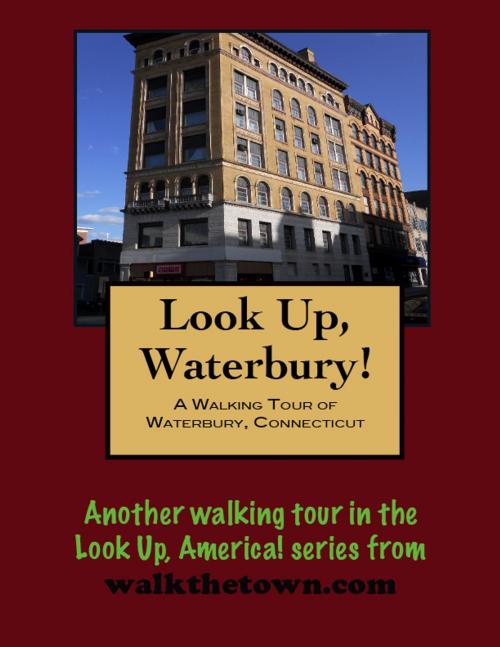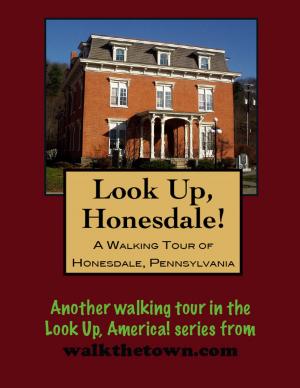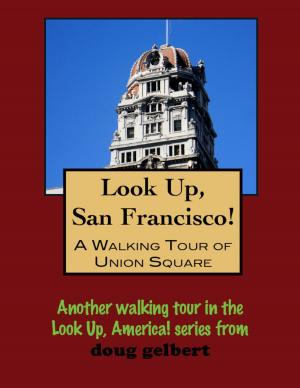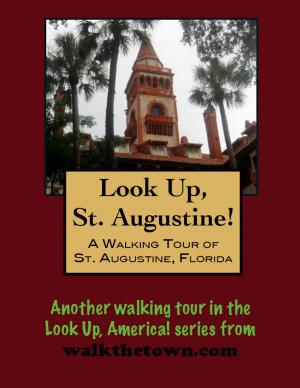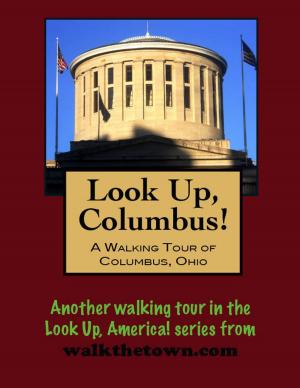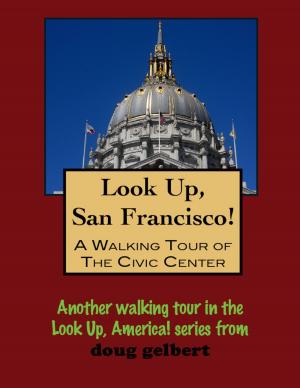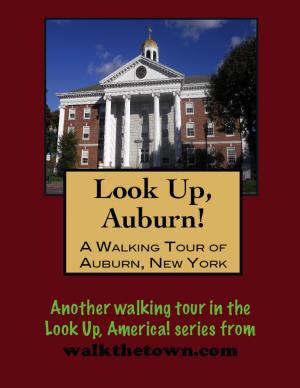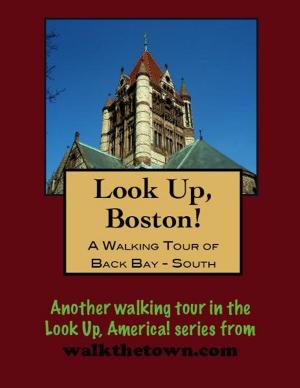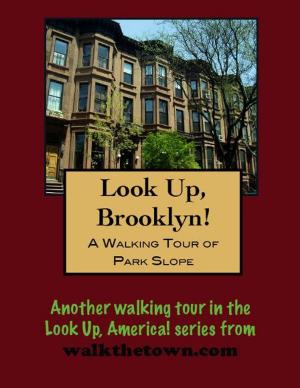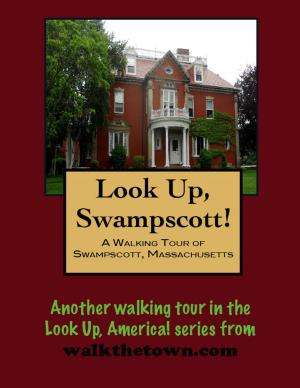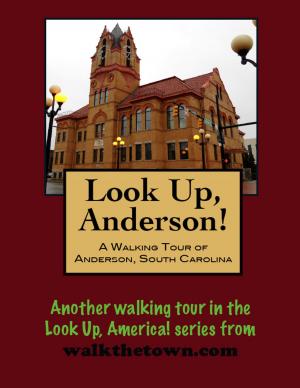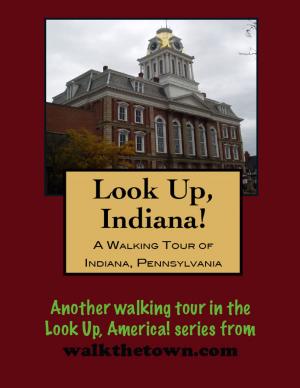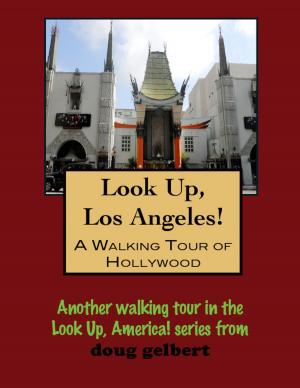| Author: | Doug Gelbert | ISBN: | 9781458036827 |
| Publisher: | Doug Gelbert | Publication: | March 2, 2011 |
| Imprint: | Smashwords Edition | Language: | English |
| Author: | Doug Gelbert |
| ISBN: | 9781458036827 |
| Publisher: | Doug Gelbert |
| Publication: | March 2, 2011 |
| Imprint: | Smashwords Edition |
| Language: | English |
There is no better way to see America than on foot. And there is no better way to appreciate what you are looking at than with a walking tour. This walking tour of Waterbury, Connecticut is ready to explore when you are. Each walking tour describes historical, architectural landmarks, cultural sites and ecclesiastic touchstones and provides step-by-step directions.Every tour also includes a quick primer on identifying architectural styles seen on American streets.
The Indians who lived near here called it Mattatuck, roughly translating to “badly wooded region.” The English named it Waterbury, choosing to focus on the positive - the abundant streams - and not the rocky, treeless hills. Nonetheless, after it was settled as part of Farmington in 1674 no one rushed down to move here. When two scouts conducted a four-day survey in 1686 they concluded that the land could support “but 30 families.” They weren’t too far wrong. One hundred and fifty years later the population of the town had scarcely scraped over 2,000.
But the dire prognosticators did not reckon on brass. There were button shops around town by the late 1700s but it wasn’t until the 1820s that the brass industry began to take off in Waterbury. Englishman James Croft came to town to produce a striking orange tint favored by Americans on their brass buttons in 1820 and the ensuing decades would bring better techniques and advances in the craft. Waterbury brass was used in coins, ammunition casings, screws, tacks, clocks, cocktail shakers. By the end of the 1800s the town was truly “Brass City” - more than a third of all the brass manufactured in the United States shipped from the Naugatuck Valley.
By World War II the lightly regarded townsite had surpassed 100,000 people and was one of the ten largest cities in New England. Plastic and aluminum eventually came to replace many of the uses for brass and the big manufacturers moved away in search of cheaper labor, no longer in need of the mechanical talent that was once synonymous with Waterbury.
A fire in 1902 wiped away much of the downtown so our walking tour will dial back to an image of an industrial American city from the early 20th century at the zenith of its importance. A wealthy, rebuilding Waterbury attracted many important American architects who left a monumental footprint in the city, most notably Cass Gilbert, who designed the Woolworth Building in New York as the tallest building in the world. In Waterbury Gilbert designed a landmark hotel, City Hall, a bank, a private club and a head-turning headquarters for a brass company. But first we’ll start in the middle of the town green around which the earliest settlers built their houses when no one thought Waterbury would ever amount to anything...
There is no better way to see America than on foot. And there is no better way to appreciate what you are looking at than with a walking tour. This walking tour of Waterbury, Connecticut is ready to explore when you are. Each walking tour describes historical, architectural landmarks, cultural sites and ecclesiastic touchstones and provides step-by-step directions.Every tour also includes a quick primer on identifying architectural styles seen on American streets.
The Indians who lived near here called it Mattatuck, roughly translating to “badly wooded region.” The English named it Waterbury, choosing to focus on the positive - the abundant streams - and not the rocky, treeless hills. Nonetheless, after it was settled as part of Farmington in 1674 no one rushed down to move here. When two scouts conducted a four-day survey in 1686 they concluded that the land could support “but 30 families.” They weren’t too far wrong. One hundred and fifty years later the population of the town had scarcely scraped over 2,000.
But the dire prognosticators did not reckon on brass. There were button shops around town by the late 1700s but it wasn’t until the 1820s that the brass industry began to take off in Waterbury. Englishman James Croft came to town to produce a striking orange tint favored by Americans on their brass buttons in 1820 and the ensuing decades would bring better techniques and advances in the craft. Waterbury brass was used in coins, ammunition casings, screws, tacks, clocks, cocktail shakers. By the end of the 1800s the town was truly “Brass City” - more than a third of all the brass manufactured in the United States shipped from the Naugatuck Valley.
By World War II the lightly regarded townsite had surpassed 100,000 people and was one of the ten largest cities in New England. Plastic and aluminum eventually came to replace many of the uses for brass and the big manufacturers moved away in search of cheaper labor, no longer in need of the mechanical talent that was once synonymous with Waterbury.
A fire in 1902 wiped away much of the downtown so our walking tour will dial back to an image of an industrial American city from the early 20th century at the zenith of its importance. A wealthy, rebuilding Waterbury attracted many important American architects who left a monumental footprint in the city, most notably Cass Gilbert, who designed the Woolworth Building in New York as the tallest building in the world. In Waterbury Gilbert designed a landmark hotel, City Hall, a bank, a private club and a head-turning headquarters for a brass company. But first we’ll start in the middle of the town green around which the earliest settlers built their houses when no one thought Waterbury would ever amount to anything...
